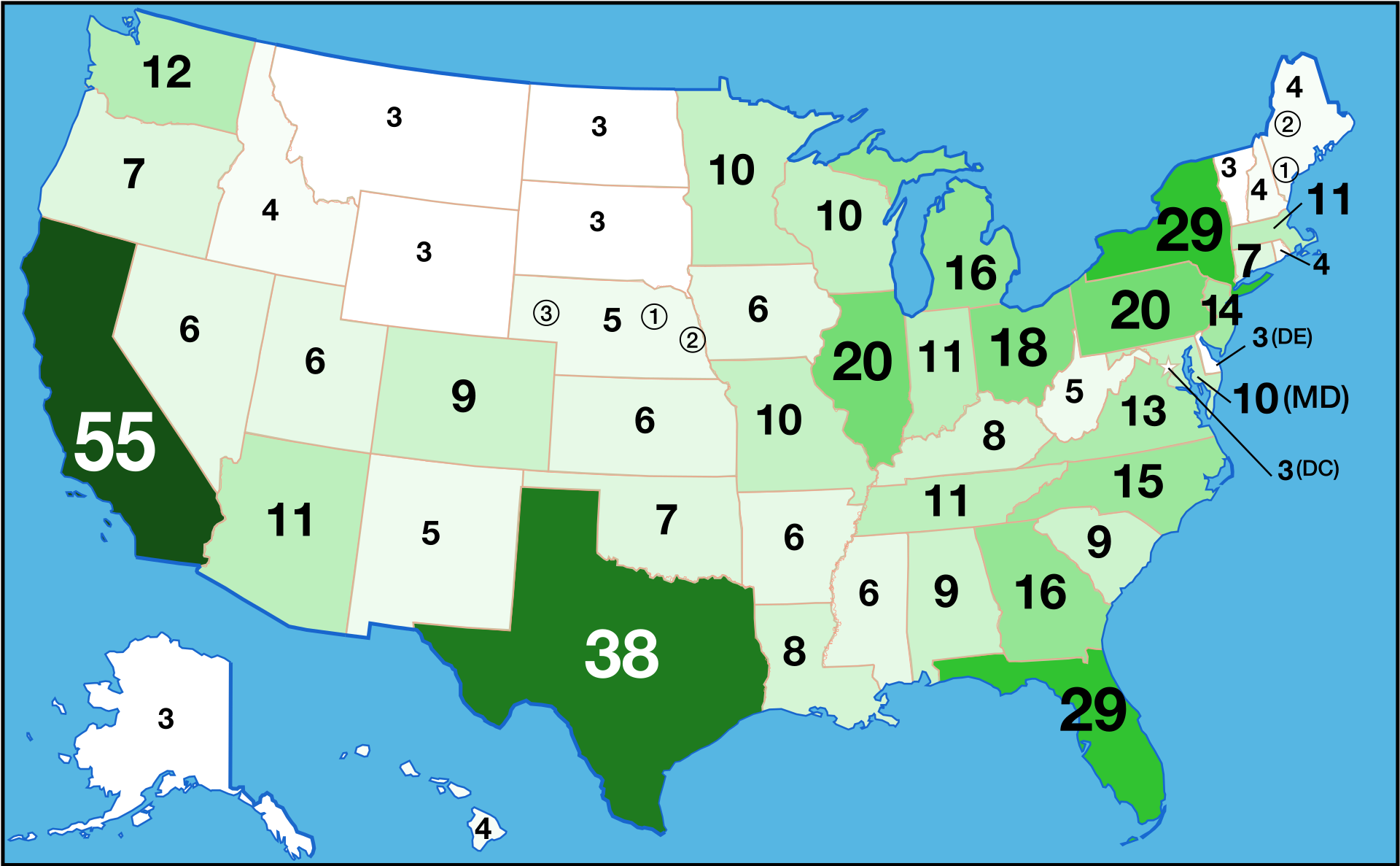Penna Dexter
The chaos that characterized much of our electoral process this year is no shock and here’s why:
When Democrats retook the House of Representatives two years ago, they surprised many of their constituents with the bill they unveiled as their first priority. H.R.1 did not become law, but this election gave us a look at some of its core ideas.
In the name of “election reform,” H.R.1 would provide a vehicle for the federal government to dictate how states run their elections—a massive power grab. It contains various provisions aimed at attracting voters who are likely to support leftist candidates and causes.
The bill mandates that states register voters automatically using government databases, including federal welfare rolls. It makes college and university campuses voter registration hubs. It requires that states register voters at age sixteen, two years in advance of their eligibility to vote. Expanding voter rolls is okay. Diluting them with people who are not interested enough to register themselves is a bad idea.
And then there are the provisions that allow for chaos and opportunity for fraud. Do any of these sound familiar?
H.R.1 mandates that states offer early voting, preferably several weeks of it. And states would have to allow Election Day and online voter registrations. The most powerful tool of all for chaos is the bill’s requirement for “no fault” absentee ballots. These are what we now know as mail-in ballots, which allow anyone to vote by mail for any reason. What could go wrong? We now know.
Let me repeat. H.R. 1 did not become law. The Wall Street Journal’s Kim Strassel highlights the Speaker’s attempt to “jam some of its provisions into coronavirus bills.” But, as Ms. Strassel points out, they weren’t needed. We had the coronavirus, giving the Left the opportunity to launch “scores of lawsuits to force states to adopt its provisions.”
This reimagining of the electoral process brings murky outcomes and will destroy free elections. 
 Listen Online
Listen Online Watch Online
Watch Online Find a Station in Your Area
Find a Station in Your Area









 Listen Now
Listen Now Watch Online
Watch Online
